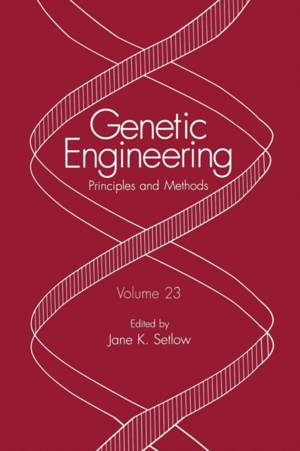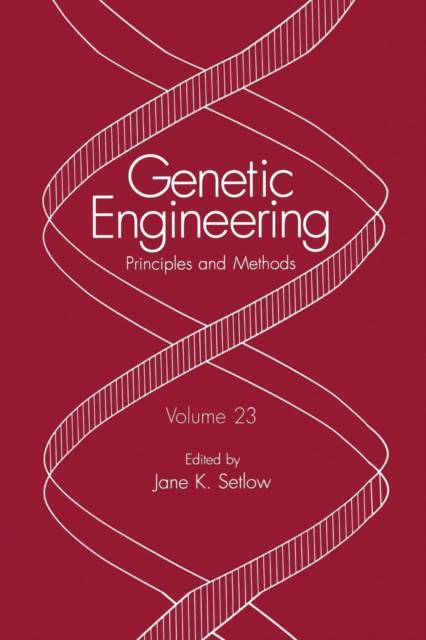
- Afhalen na 1 uur in een winkel met voorraad
- Gratis thuislevering in België vanaf € 30
- Ruim aanbod met 7 miljoen producten
- Afhalen na 1 uur in een winkel met voorraad
- Gratis thuislevering in België vanaf € 30
- Ruim aanbod met 7 miljoen producten
Zoeken
Genetic Engineering
Principles and Methods
€ 125,95
+ 251 punten
Omschrijving
Over the past decade, our laboratory and others have been concerned with molecular archaeological studies aimed at revealing the origins and evolutionary histories of permeases (1). These studies have revealed that several different families, defined on the basis of sequence similarities, arose independently of each other, at different times in evolutionary history, following different routes. When complete microbial genomes first became available for analysis, we adapted p- existing software and designed new programs that allowed us quickly to identify probable transmembrane proteins, estimate their topologies and determine the likelihood that they function in transport (2). This work allowed us to expand previously-recognized families and to identify dozens of new families. All of this work then led us to attempt to design a rational but comprehensive classification system that would be applicable to the complete complement of transport systems found in all living organisms (3). The classification system that we have devised is based primarily on mode of transport and energy coupling mechanism, secondarily on molecular phylogeny, and lastly on the substrate specificities of the individual permeases (4).
Specificaties
Betrokkenen
- Uitgeverij:
Inhoud
- Aantal bladzijden:
- 232
- Taal:
- Engels
- Reeks:
- Reeksnummer:
- nr. 23
Eigenschappen
- Productcode (EAN):
- 9781475787986
- Verschijningsdatum:
- 23/03/2013
- Uitvoering:
- Paperback
- Formaat:
- Trade paperback (VS)
- Afmetingen:
- 156 mm x 234 mm
- Gewicht:
- 358 g

Alleen bij Standaard Boekhandel
+ 251 punten op je klantenkaart van Standaard Boekhandel
Beoordelingen
We publiceren alleen reviews die voldoen aan de voorwaarden voor reviews. Bekijk onze voorwaarden voor reviews.







